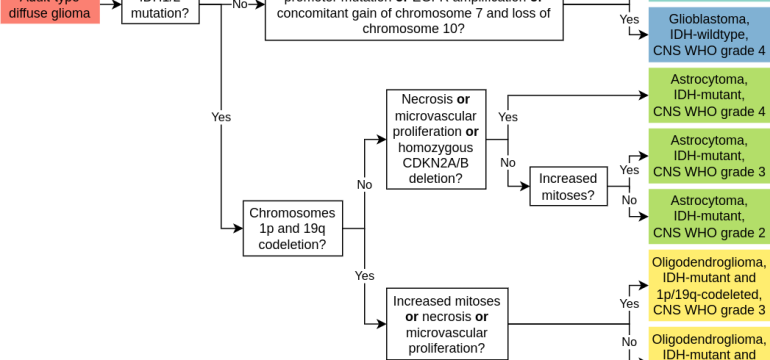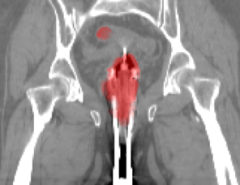Authors: Jan-Philipp Redlich, Friedrich Feuerhake, Joachim Weis, Nadine S. Schaadt, Sarah Teuber-Hanselmann, Christoph Buck, Sabine Luttmann, Andrea Eberle, Stefan Nikolin, Arno Appenzeller, Andreas Portmann, André Homeyer
Published on: January 26, 2024
Impact Score: 8.15
Arxiv code: Arxiv:2401.15022
Summary
- What is new: Integration of clinical data, omics data, or magnetic resonance imaging (MRI) with AI for glioma diagnosis.
- Why this is important: Increasing complexity in the diagnosis of gliomas and the need for support in diagnosis and outcome prediction.
- What the research proposes: Using artificial intelligence to analyze whole-slide histopathology images for tasks like subtyping, grading, molecular marker prediction, and survival prediction.
- Results: AI-based methods have shown promising results, yet they are not implemented in actual clinical settings.
Technical Details
Technological frameworks used: Convolutional Neural Networks (CNNs)
Models used: nan
Data used: Public datasets like TCGA, focusing on glioblastoma and low-grade glioma.
Potential Impact
Healthcare diagnostics, particularly companies involved in diagnostic tools for glioma and AI-based diagnostic platforms.
Want to implement this idea in a business?
We have generated a startup concept here: GlioAI Diagnostics.




Leave a Reply